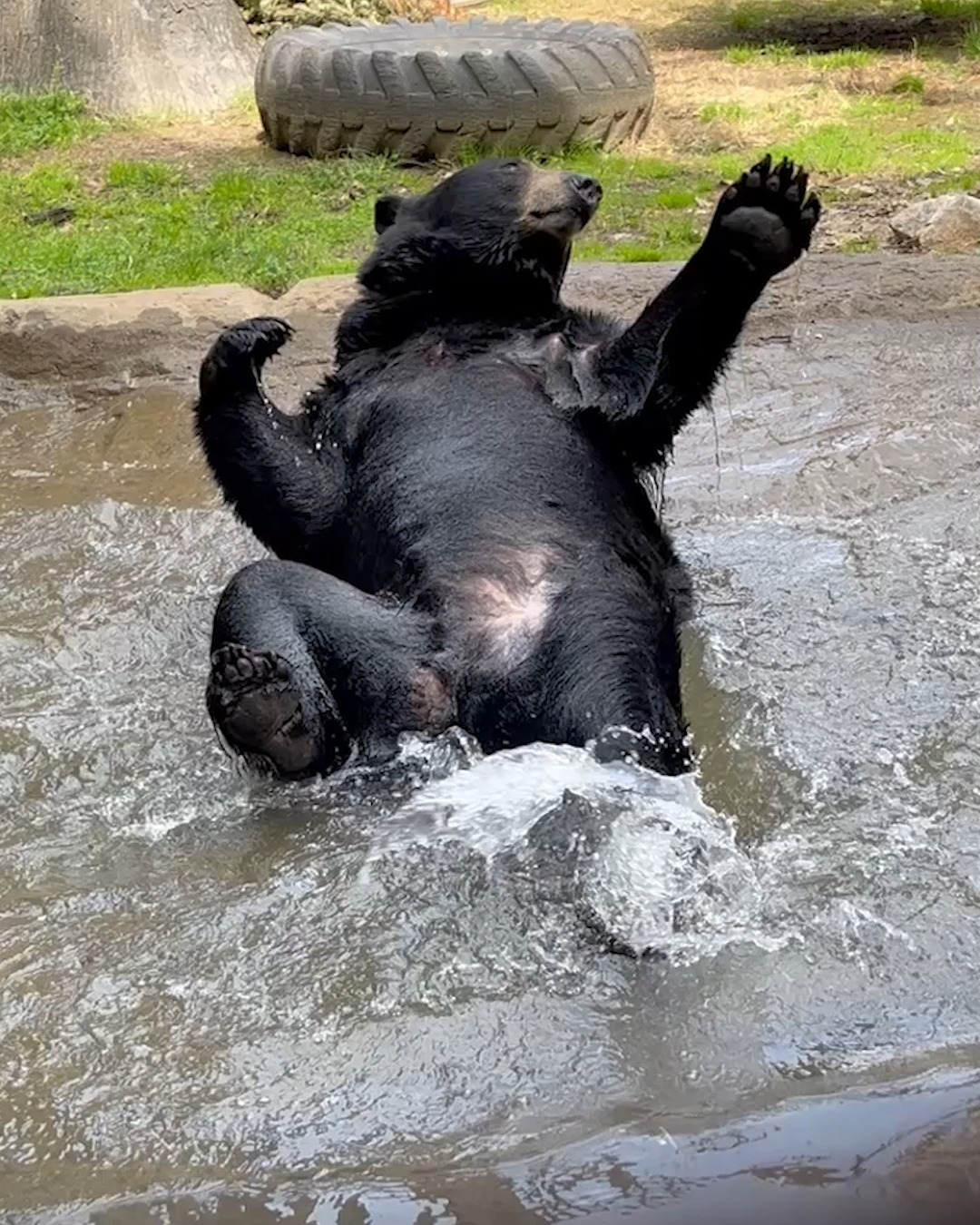– Insights into bear behavior during spring break
– The role of zoos in wildlife conservation and public education
– Activities zoo animals engage in and why enrichment is vital
– The importance of public engagement and community involvement in zoos
– Wildlife care and welfare standards in a zoo setting
As spring unfurls its verdant splendor after the dormant months, it’s not only children and families who relish the seasonal respite of spring break; the animal inhabitants of zoos worldwide exhibit their patterns of activity and enjoyment. A glance into our bears’ experiences during this period offers a lens into the intersection of animal behavior, zoo management, and wildlife conservation.
The behavior of bears during spring break can serve as a significant indicator of their overall well-being and the effectiveness of the enrichment strategies employed by a zoo. During the winter, bears may enter a state similar to hibernation called torpor, lowering their activity levels and metabolic rates. However, bears typically become more active with warmer weather, exploring their surroundings with renewed curiosity and vigor. Our bears’ heightened activity during spring break suggests that the zoological team has done an exceptional job of mirroring the seasonal changes that would occur in their natural habitats. This entails introducing novel stimuli, enhancing their enclosures with new features like blooming plants, and providing opportunities for natural foraging behaviors.
The role of zoos has dramatically evolved from presenting animals for mere public display to centers focusing on wildlife conservation and education. Modern zoological establishments are integral to protecting species, conducting research, and fostering foster between people and the natural world. A great spring break for bears and other zoo animals symbolizes the commitment of these institutions to recreate naturalistic environments that challenge and stimulate their inhabitants mentally and physically.
Animal enrichment activities are crucial for promoting natural behaviors and ensuring the psychological welfare of captive animals. Our bears, for instance, may be treated to various such engagements, including puzzle toys filled with treats that require problem-solving skills akin to foraging in the wild. Such enrichment ensures that even as they live within the secure confines of their enclosures, they are afforded a level of autonomy and cognitive stimulation essential for their well-being.
Public engagement plays a pivotal role in the success of modern zoos. By sharing delightful snippets of the bears enjoying their spring vacation, the institution spreads joy and raises awareness about the bears’ natural behaviors and the efforts in place to maintain their quality of life. This engagement encourages community participation and support, which can manifest in various forms, including visitation, educational program attendance, or donations, all contributing to zoos’ sustainability and conservation endeavors.
Enhancing welfare standards in zoology is an ongoing process, requiring constant vigilance and adaptation by animal care professionals. Therefore, the animal’s welfare during spring break is not a mere matter of luck but the result of rigorous protocols and attentive care. This encompasses comprehensive dietary programs, regular health checks, and the design of enclosures that facilitate both physical exercise and relaxation. The behavioral indications of contentment observed in the bears during their playful week signal that these welfare strategies are well-implemented.
The public becomes an integral part of conservation education by observing the animals’ behavior and participating in enriched zoo experiences. The fun explorations zoo patrons embark upon during spring break become opportunities to learn about biodiversity, ecological balances, and the significance of protecting wildlife. When taken beyond the zoo’s borders, these lessons can inspire conscious behavior that supports conservation efforts on a larger scale.
Zoos serve as crucial nodes in the broader network of wildlife preservation, linking the public with the intricate lives of animals like our bears, who appear to have had a splendid spring break. The delight captured in their activities is a testament to the dedication of those who care for them and the critical role of zoos in fostering connections between humans and the natural world.
Overall, the narrative of our bears enjoying their spring break embodies the multifaceted endeavors of zoological establishments around the globe. Amidst the enjoyment of seasonal holidays, it is essential to remember and appreciate the behind-the-scenes diligence that enables such jubilant animal behaviors. The collective joy shared between the bears and their human observers highlights the successes of contemporary zoo management and underscores the enduring commitment to wildlife conservation and animal welfare at the heart of these institutions.
*****
Source Description
Did everyone have a great spring break? Our bears sure did!🐻 Let us know what fun stuff you did this week😁


